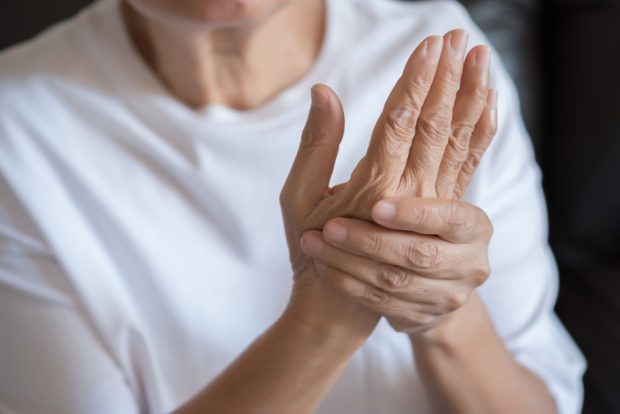Arthritis and joint pain are widespread health issues, affecting millions of people worldwide. These conditions can significantly impact the quality of life, making daily activities challenging and limiting mobility. As the prevalence of arthritis and joint pain continues to rise, there is a growing interest in finding effective and non-invasive treatment options to manage the symptoms. One alternative therapy that has garnered attention is magnetic therapy. This article explores the health benefits of magnetic therapy, focusing on its potential role in reducing inflammation and swelling associated with arthritis and joint pain. Longevity Live Paid Content.
Understanding Magnetic Therapy
Magnetic therapy is a form of alternative medicine that involves the use of static magnets to alleviate pain and improve overall health. The therapy is based on the concept that magnets can generate a magnetic field that penetrates the body, influencing cellular processes and promoting healing. The health benefits of magnetic therapy have been attributed to several factors, including increased blood circulation, reduced inflammation, and enhanced cellular function.
Magnetic Therapy for Arthritis and Joint Pain
Recent research suggests that magnetic therapy may be beneficial for individuals suffering from arthritis and joint pain. The health benefits of magnetic therapy in this context can be attributed to its potential impact on inflammation and swelling, which are common symptoms of these conditions.
Inflammation is the body’s natural response to injury or infection. If you have inflammation, you might experience redness, heat, swelling, and pain. However, chronic inflammation, as seen in arthritis, can lead to tissue damage and persistent pain. Magnetic therapy is believed to help reduce inflammation by improving blood circulation, which in turn helps remove inflammatory substances and promote the healing process.
Swelling, another common symptom of arthritis and joint pain, is often the result of fluid buildup in the affected area. The health benefits of magnetic therapy for swelling can be linked to its potential effect on the body’s fluid balance. By influencing the movement of charged particles in the blood, magnetic therapy may help facilitate the removal of excess fluid from the affected area, thereby reducing swelling and alleviating pain.

one photo/shutterstock
How to Use Magnetic Therapy for Arthritis and Joint Pain
It’s possible to administer magnetic therapy in various ways. Including the use of magnetic bracelets, insoles, mattress pads and wraps specifically designed for targeted joint support. To reap the health benefits of magnetic therapy for arthritis and joint pain. It is essential to choose the right type of magnet, strength, and duration of use.
It is generally best to use magnets with a strength of at least 800 gauss for treating arthritis and joint pain. The duration of treatment can vary depending on the severity of the condition and the individual’s response to the therapy. However, most people find relief after using magnetic therapy consistently for a few weeks.
It is crucial to consult a healthcare professional before starting any new treatment, including magnetic therapy. It’s crucial to ensure it is appropriate for your specific needs and health conditions.
Bottom line
Magnetic therapy offers a promising alternative for individuals seeking relief from arthritis and joint pain. By targeting inflammation and swelling, this non-invasive treatment option may help alleviate pain and improve mobility. However, we need more research to fully understand the health benefits of magnetic therapy and to establish standardized treatment protocols. As with any therapy, it is essential to consult with a healthcare professional. Before incorporating magnetic therapy into your treatment plan to ensure it is suitable for your specific needs and health conditions. Click here to find out how researchers have discovered a way to detect cancer at a nanometer scale.
This is a Longevity Live paid content post. The views expressed in the post do not the view of Longevity Live, nor are they an endorsement of the products or services mentioned in this article.
Who is the author?

Amanda Kim
Amanda Kim is the content manager of PEMF Therapy website. Her mission is to provide users with PEMF experiences, tips and give them more information about PEMF practice.





![women [longevity live]](https://longevitylive.com/wp-content/uploads/2020/01/photo-of-women-walking-down-the-street-1116984-100x100.jpg)









